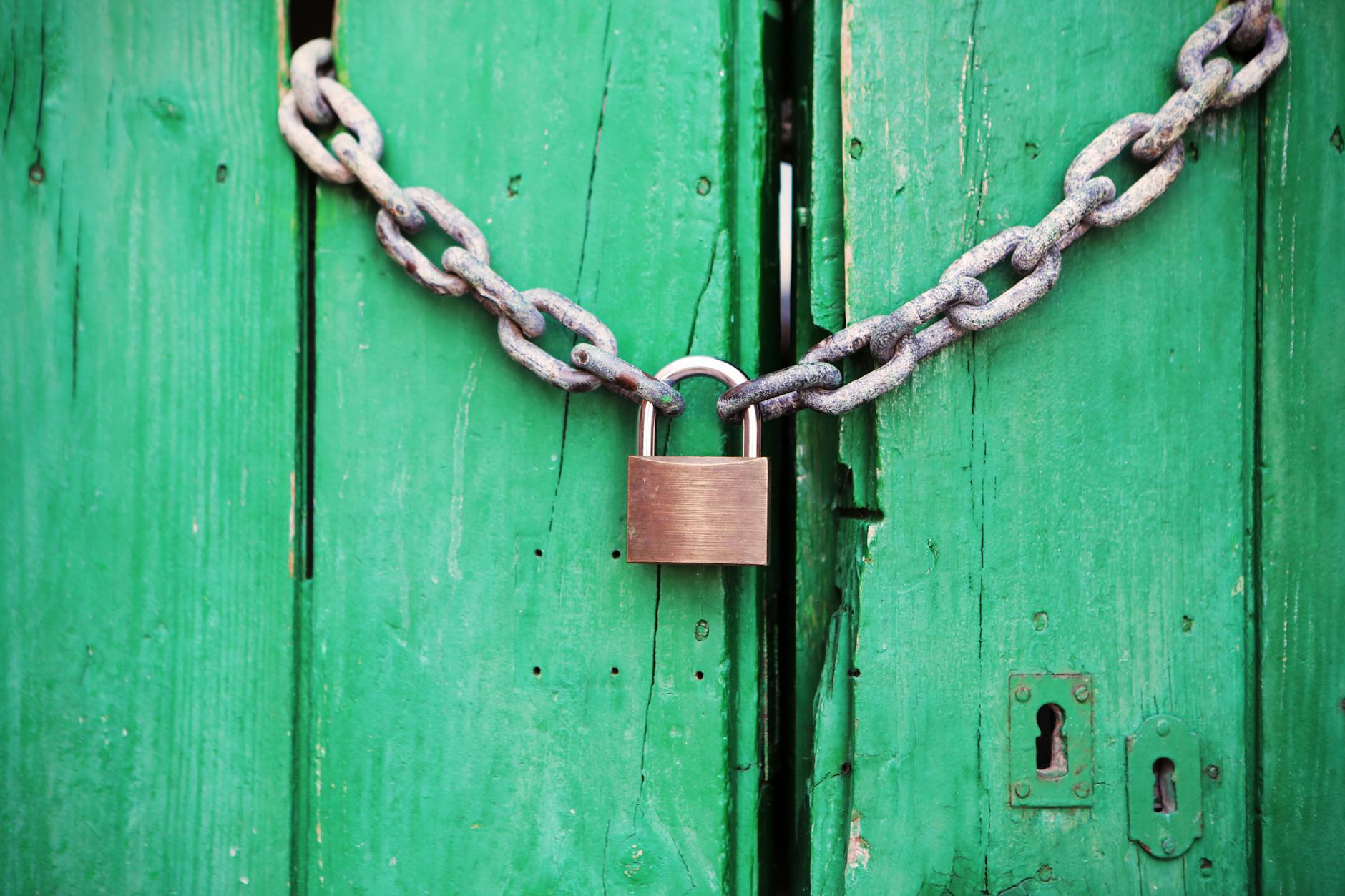OK, I’ve been trying to reduce my kit while traveling a lot and the Tessan 140W Universal Travel Charger seems like a wonderful thing if I can figure out how to make it work as does the Belkin 3-in-1 Travel charger with the same issues.
Tessan 140W Universal Travel Charger: Wait for it to ramp up and pick the right ports
Yes it is pricey at $70 at Amazon, but hear me out, it can potentially replace two gizmos. The first is a 140W charger. I normally now USB Charger, the ideal one I’m using a no-brand 140W charger with 4 USB C ports.
This thing is nice, it is universal and can work in Europe, the UK and Australia. But more importantly, it has a 140W charger in it. The main confusion is it has completely different power maximums depending on what you have plugged in. Here is the decoder ring, but the math is pretty complicated
- The ports C1 and C2 are connected with a maximum of 140W across them. If you have just a single port used, you can power up to 140W, if you use both, then C1 is 100W and C2 is 35W. Translation, put your highest power device into C1 and then next into C3
- The ports C3 and A1 are connected together with a maximum of 18W across them, but they divide differently. So, depending on the cable, your least powerful device should go into C3 or A1 to get 18W.
- Finally, if you have a fourth device, it has to go into A1, but you really don’t want to do this, then C1 drops to 65W, C2 is at 35W and you get 12W across C3 and A1. Confused yet?
So here is the decoder ring:
- Sort your devices from highest power to lowers and put them in order, highest in C1, next in C2 and finally use C3.
- If you must have all four ports plugged in, then your laptop could be in trouble
C1. Do you have a PD 3.1 140W device
OK, now we get down and dirty, basically only a few devices can charge at 140W, you need a) a device like the 16″ MacBook Pro according to Anker, confused yet? I actually thought only the 16″ MacBook Pro with Apple Silicon can support 140W and that is what the 14″ MacBook Pro M1 spec sheet, M2 and M3 says).
| Model | Processor | Max Wattage USB C | USB Power Delivery Cable |
| 13″ MacBook Pro | Intel | 61W | |
| 15″ MacBook Pro | Intel | 87W | |
| 16″ MacBook Pro | Intel | 96W | |
| 13″ MacBook Pro | M1 and up | 96W | |
| 14″ MacBook Pro | M1 Pro/Max and up | 96W (140W?) | |
| 16″ MacBook Pro | M1 Pro/Max and up | 140W | PD 3.1 |
Net, net this means if you want your MacBook Pro to work, then you should plug it into C1.
Anker Three-in-one or iPad Pro M1 or later
OK, the way this works is by voltage splitting. So the next device to plug in is your iPad Pro or a three-in-one charger, most modern iPad Pros support up to 38W of charging, so if you have one of these use C2. If you have one of the older ones, the C3 at 18W is going to work fine.
The actual list of products is really confusing, but here the various maximum wattages of different devices that use the USB C Power Delivery standard but you can see they are below the 18W so it could go into C3 or C2.
One confusing this is that while Apple specs say iPad Pros are 20W devices, Macrumors and others confirm this for older iPad Pros. For the 2021 iPad Pro M1 it is 36W, so 35W is a good fit.
| Power Delivery (W=VA) | iPad | iPhone |
| 5W (1A @ 5V) | None | Older iPhones |
| 10W (2.1A @ 5V) | iPad, Air 2, Mini 2-4, iPad 2 | |
| 12W (2.4A x 5V) | iPad Pro 9.7″, 10.5″ and 12.9″ (1 and 2), iPad Air 3, iPad Mini 5, iPad 5-7 | |
| 18W (3A x 9V) | iPad Pro 11″ (1 and 2), iPad Pro 12.9 (3 and 4) | iPhone 11 Pro/Pro Max |
| 20W (4A x 5V) | iPad Mini 6, iPad 8-9, iPad Pro 11″ (v3), iPad Pro 12.9″ (v5) | iPhone 12-40 Pro Max |
| 38W (15V x 2.6A) | iPad Pro M1, M4 (7th gen) and Magic Keyboard 2 |
Now I only have the iPad Pro 2018, so it only needs 20W (see the C3 below), but if you have an Apple Silicon iPad Pro, then the 35W is a good match.
Anker MagGo (Foldable 3-in-1) with Qi2 15W and 5W Apple Watch complains
Now if you don’t have a big iPad Pro, then the next device would be my favorite, Anker MagGo (Foldable 3-in-1) ($82 at Amazon and 6.9oz). I would probably right now look at the newer Anker MagGo (3-in-1, Foldable Pad as it is smaller and only 4.06 oz. This is expensive, but it has very fast charging, here is what you get as both of these have nearly the same specs:
- 15W Qi2 Charging (the new iPhone 16 can go much higher I think). This is way faster than the 7.5W i MagSafe
- 5W Apple Watch charger
- 5W Qi Charging. For things like the Apple AirPods 2 wireless charging case
This supports a 25W maximum input so is well-matched to the 35W output. Technically it can support 12V@3A, 15V@2.66A (the new foldable also supports 9V@3A).
I’ve had a lot of trouble with this particular accessory because I get blinking lights. You have enough power if you get a solid LED, if you get blinking then it does not have enough power. Frustratingly there is no documentation on four LED light states which are: off, solid on, slow blinking and fast blinking. The only thing I could find is the A2557 guide, but the technical similar A25M8 says what I suspected, although I didn’t realize that the LED is normally supposed to be off, its more of an error LED than a status one. I do get the fast flashing a lot if my case is in the way of the Qi charger. The slow flashing shows you that figuring which port matters. The short point is that it has to be in a high power area.
| Blick Pattern | Meaning |
| Solid white for 3 seconds then turns off | Connecting to power |
| Solid White for 5 seconds then turns off | Charging the wireless earbuds in the Qi pad behind the main one |
| Fast Flashing every 0.25 seconds | Metal objects too near the charging, move them. |
| Slow Flashing every 1 second | Metal objects are too near the charging, move them. |
Tessan Charge Port Order High to Low C1, c2,…
So the remaining ones are the A1 and C3 ports, you want this to be something smaller, an older iPad Pro that can get away with 18W (9V@2A). This is pretty easy to remember, you just fill in from C1 the highest usage devices and work your way down. Note that the 35W is a little lower than the 36W recommended, but still about the 27W minimum of the Anker MagGo
| # Devices | C1 | C2 | C3 | A1 |
| 1 | MacBook Pro (140W) | |||
| 2 | MacBook Pro (100W) | Anker MagGo (35W) | ||
| 3 | MacBook Pro (100W) | Anker MagGo (35W) | iPad Pro 2018 (18W) | |
| 4 (only if 65W is enought) | MacBook Pro (65W) | Anker MagGo (35W) | iPad Pro 2018 (12W) | iPhone 14 Pro (12W) |
For Domestic Travel, the Satechi 145W, use PD1, PD3 then PD4
This Satechi 145W Charger costs way more than the Tessan but is quite a bit smaller, but heavier. It does have replaceable tips as well so if you are not going to too many places that’s not a bad choice. I do suspect it will be more reliable given the solid build, but who knows
As with the Tessan, its charging really depends on what is connected, but basically you there is an entire diagram of what works at Satechi, like the Tessan, the first two ports PD1 and PD2 are ganged together and PD3 and PD4 work together, but I have no idea how to remember all this:
- If you just plug in one port the PD1 or PD2 can be 140W
- If you plug in two, then PD1 and PD2 go to 65W each (an unusual case)
- PD1 or PD2 is 100W and PD3 or PD4 is 45W
- If you plug in three, then the order is PD1 or PD 2 is 100W and then PD3 is 25W and PD4 is 20W
- Finally all plugged in you get 65W, 30W, 25W and 20W
So, for my typical three-device setup, I have no idea how I’m going to remember this configuration because the Anker MagGo goes into PD4 if there are only two devices but PD2 if there are more than two:
| # Devices | PD1 | PD2 | PD3 | PD4 |
| 1 | MacBook Pro 16″ (145W) | |||
| 2 | MacBook Pro (100W) | iPad Pro or Anker MagGo (45W) | ||
| 3 (only if 65W is enough) | MacBook Pro (65W) | Anker MagGo (35W, since PD3 is only 25W and too low) | iPad Pro (20W) | |
| 4 (only if 65W enough) | MacBook Pro (65W) | Anker MagGo (35W) | iPad Pro (25W) | iPhone 14 (20W) |
Some USB or Thunderbolt cables are only 60W and Coconut Battery lag
Last note is that not all cables are created equal, you need a cable that can pass the full 100W, but some cables are only rated to 65W which can mean your laptop even with the Tessan is not getting full charge.
The final note is that if you don’t have a display on the cable, then if you use Coconut Battery App on the Mac, you have to wait a bit (like a minute) before you get the actual power draw. It takes time to negotiate upwards I guess 🙂





